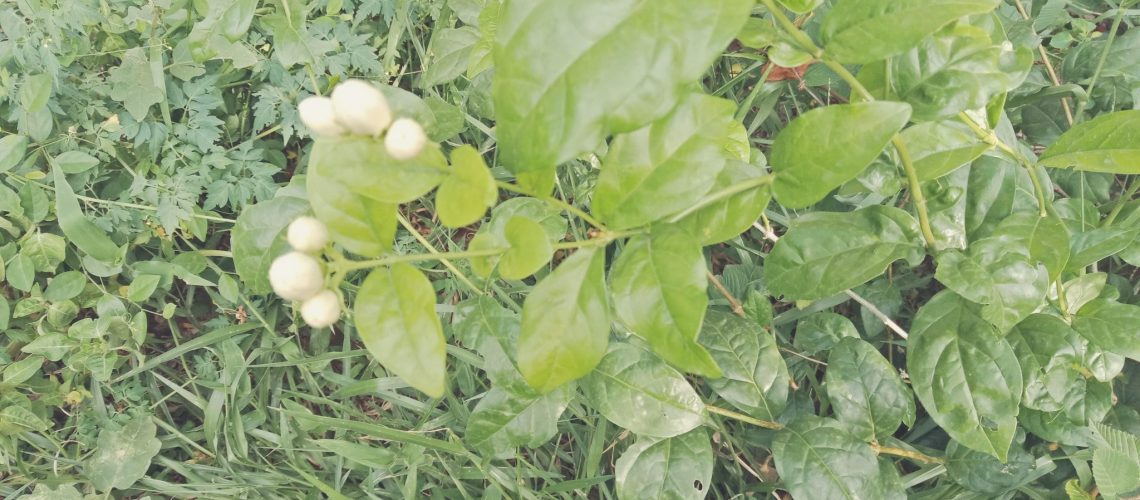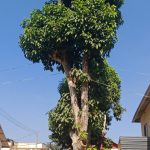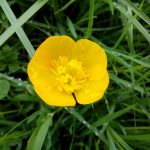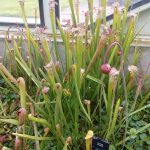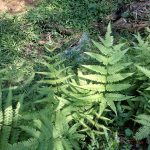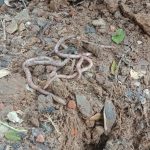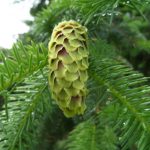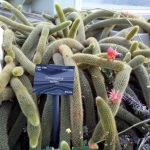Organic farming depends on the use of Biofertilisers and bio-pest repellents combined with the use of traditional seeds and propagules. The biofertilisers are all biological in nature and do not produce any residual effects that may harm the consumers of the products arising out of organic farming. This method of farming uses natural bio-control mechanisms and focusses on nourishing the soil and not the plant. Maintaining soil health will automatically maintain the health of the plants that it supports. The biofertilisers used in organic farming look at soil improvement in terms of the following six criteria:
- Enhanced activity of soil microorganisms
- Enhancement of soil nutrients
- Increasing the availability of soil water
- Improving the water holding capacity of the soil and
- Improving the soil texture to improve the aeration thus helping in healthy root growth
With all these advantages it goes without saying the use of biofertilisers has come to stay. It thus becomes essential that we get aware of the different types of Biofertilisers and how we can make these available in our own homes with utmost ease and convenience. Here I have a few ideas for you to make effective biofertilisers using simple daily kitchen and garden wastes. If possible in some cases farmyard waste may also be used.
Biofertilisers are of many types and prepared in simple indigenous ways by using broken buckets or tubs or even crates that can tolerate moisture
- Natural compost
Formed by the decomposition of Kitchen wastes such as waste food, fruit peels and vegetable peels that can be added on a day to day basis in a crate and a layer of garden soil can be used to cover the wastes of each day. When the crate is full, it is covered and left aside for 60 days and regularly turned over for aeration. The waste undergoes decomposition by the activity of bacteria in the soil and is converted in to compost
In the garden also a compost pit may be dug (1 to 2 m in length, width and height) and the garden waste may be collected there. When it is full it may be covered and after 45 days it may be dug out and the compost can be used for the garden
2. Vermicompost
The method of preparation is the same as that of Natural compost, just that earth worms are introduced after the pit or container is 1/3 full. When a layer of sand is added some diluted, sour yoghurt may be sprinkled on the soil to increase the soil microflora. Earth worms can be collected by digging in the garden where soil is wet. Another method to collect earthworms is by digging a shallow pit at to or three points and filling it cow dung and covering it with soil. After 3 or 4 days when the pits are dug up these will be filled with earthworms which can then be used
3. Fish waste amino acid
This is prepared from fish waste mixed with an equal amount of boiled sugar syrup or as it is popularly referred to as in Asian cuisine as Jaggery or Brown sugar. This mixture is taken in a plastic or earthen vessel with a lid on and allowed to ferment for 45 days before use. Fermentation takes place and the mixture gets enriched with Nitrogen, Phosphorus and Potassium and becomes an ideal liquid fertilizer for vegetable and fruit crops. It is very potent and used after being diluted 50 times with water (1 glass fish aminoacid mixed with 50 glasses of water)
4. Fruit waste enzyme fertliser
Fruit wastes are particularly used as these are rich in minerals and many useful enzymes are produced during its formation. Fruit waste and Jaggery are taken in equal amounts and allowed to ferment in a glass, plastic or earthen vessel with a lid on and then kept aside for 45-60 days before use. The mixture is regularly shaken and mixed thoroughly. This fermented liquid is very rich enzymes and can be used as a root drench after a 50 times dilution with water
5. Green manure
Green manure refers to use of green plants and their parts that are added to the soil and allowed to decompose and get composted. Generally pulses and related plants like green gram, sunn hemp, red gram, cowpea, chickpea, groundnut, soybean, double bean, cluster beans, fenugreek can be grown. After harvesting the dead plants along with their roots are ploughed into the soil and allowed to decompose. These plants have root nodules and thus allow for increased nitrogen salts thus adding nutrition to the soil. This is used as a strategy for crop rotation.
6. Farmyard manure
This type of manure is prepared when there is cow dung available, When the farmyard /cow shed is cleaned the waste is collected in a pit and composted. This waste gets composted and is converted into farmyard manure.
